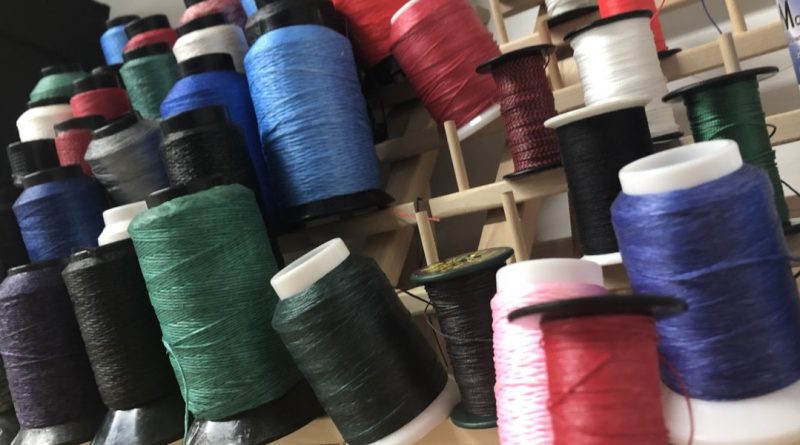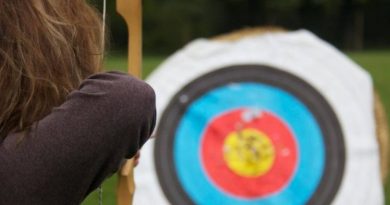Build the Ultimate Bowstring with These Tips!
Bowstrings seem like a simple piece of equipment. On the surface, these taunt and often colorful strings send our arrows downrange – pretty basic, right? However, not all bowstrings are created equal. In fact, they can be constructed with various high-tech materials, all of which have pros and cons and are exclusive to certain bow types.
So do you know how to build the ultimate bowstring?
Bowstring material will dictate two significant factors – arrow speed and creep. A bowstring is made of many smaller fibers that are wound together to form a single string. Fewer fibers produce higher arrow speeds, while more fibers add weight and slow your arrow.
Creep happens when the string elongates over time, sending the bow out of tune and twisting the peep sight. Unfortunately, you can’t fix creep. That’s why it’s important to find a material that produces high arrow speeds while minimizing the possibility of creep.
BCY Bowstring produces several fibers that won’t creep, even when shooting lots of arrows at high poundage. These include BCY-X, 450 Plus, and 452X. Each uses a blend of Dyneema and Vectran material and is usually 100% stable.
Recurves typically have slower arrow speeds than compounds, so choosing the correct bowstring can improve your bow’s performance. Most recurve archers use DynaFLIGHT 97, BCY 8125, or BCY-X – basically a durable string with very few fibers for increased arrow speed. BCY 8125 is the preferred choice of Olympic-style recurve shooters across the globe, while 452X is a solid choice for compound shooters as it produces no creep, good speed and is offered in many colors. (To learn more about individual string materials, visit BCY Fibers’ website for a complete list that includes recommended strands, levels of creep, and recommendations for compounds and recurves.)
Once you’ve selected the right bowstring for your bow, be sure to maintain it properly. Wax your string regularly to prevent abrasions and water absorption. Simply apply standard bow wax to the string by rubbing it into the strands until you feel the friction warming your fingers.
Although regularly waxing your string will increase its lifespan, you will eventually need to replace your string. How will you know the right time? Take a close look at your bowstring. A “fuzzy” bowstring indicates abrasions, while a raised or high strand is a tell-tale sign that a strand is broken in the string.
Have some fun picking a new bowstring. In addition to customizing the bow’s performance using different string materials, you can also select unique color options to create more flare. Most materials are offered in an assortment of single and multi-color choices; sometimes narrowing “the look” is the hardest part. Regardless, this is an opportunity to add even more customization and performance to your setup. Head to your nearby archery shop and work with the pros to choose the best bowstring for you.
The post Build the Ultimate Bowstring with These Tips! appeared first on Archery 360.
The article was originally seen at https://www.archery360.com/2018/04/18/build-ultimate-bowstring-tips/
Originally posted 2018-04-24 19:11:35.




